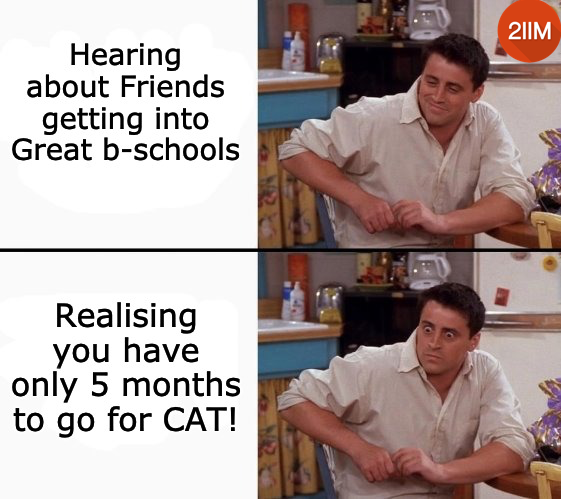CLAT General Knowledge
CCLAT Current Affairs and General Knowledge section tests the depth of understanding in a range of topics. Candidates are expected to read a particular news or opinion piece in-depth. Reading at-least one newspaper every day is necessary. News, events and happenings pertaining to legal issues are particularly important when it comes to CLAT Current Affairs and General Knowledge section.
The following passages and questions have been framed with an eye on the latest samples from the Consortium of NLUs. More importantly, they are pegged exactly at the level of difficulty of CLAT.
How much of a walking Encyclopedia are you? How knowledgeable are you with the current happenings? Try the following questions, available for free!
CLAT 2020 General Knowledge: National Education Policy
One thing struck us as a major difference between the new National Education Policy (NEP)
2020 and its predecessor. The earlier national policies on education (NPE) from 1986 and
1992 presented themselves as attempts to consolidate and build on earlier efforts, particularly
the NPE, 1968. The new NEP 2020 policy, on the other hand, is very keen to establish that it
is different from everything in the past, including in its name. Nowhere does this attitude
come across as starkly as it does in the section on higher education.
It comes across fairly clearly on how the higher education ecosystem will be by 2040. By this
time — if the policy has its way — the Indian higher education ecosystem will be populated
with higher education institutions (HEI). These will comprise Universities and Colleges and
the public and private sectors, all of which will be 'multi-disciplinary', with each populated
by more than 3,000 students, with at least one "in or near every district". Universities will
conduct research and post-graduate and under-graduate teaching, some research-intensive
and others teaching-intensive. Colleges will largely teach at the under-graduate level, with a
number of them having their medium of instruction in either bilingual or local / Indian
languages. The colleges can manifest in clusters around universities as constituent colleges or
may be standalone autonomous ones. Ideally, all HEIs will eventually become "independent
self-governing institutions" with considerable "faculty and institutional autonomy". They will
have complied with a series of regulatory exercises that are "light-but-tight" and will be
operated by a large number of private accreditors, overseen by a new set of regulatory
institutions at the national level.
Source: Excerpt taken from downtoearth.org.in, written by Nitin Mehta & Gagan Mehta.
(Dated 14th August, 2020)
What is the proposed percentage of expenditure for education out of GDP under the NEP 2020?
- 11 percent
- 6 percent
- 4.6 percent
- 9 percent
Explanatory Answer
6% of GDP for Education goal has been there for a long time, even since the 1986 NEP. This fact was mentioned in news in early August 2020.



CAT Coaching in Chennai
CAT 2021
Enroll at 49,000/-
44,000/-
Online Classroom Batches Starting Now!

